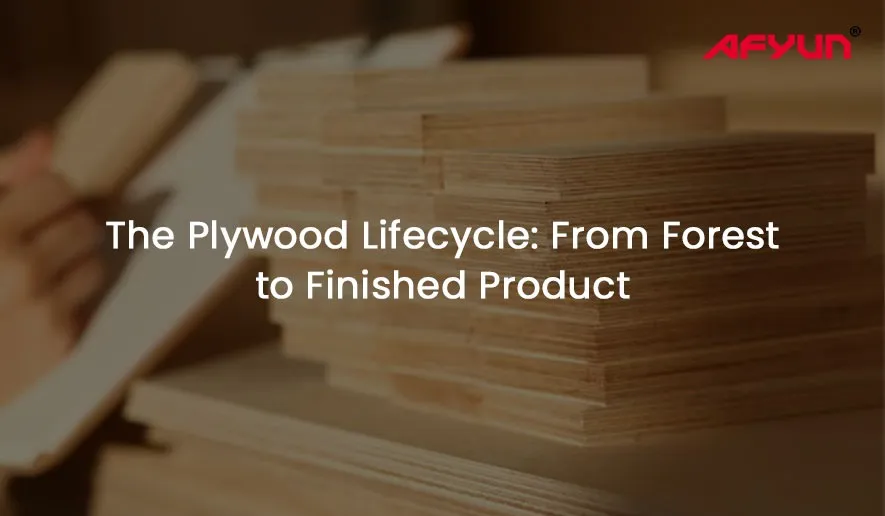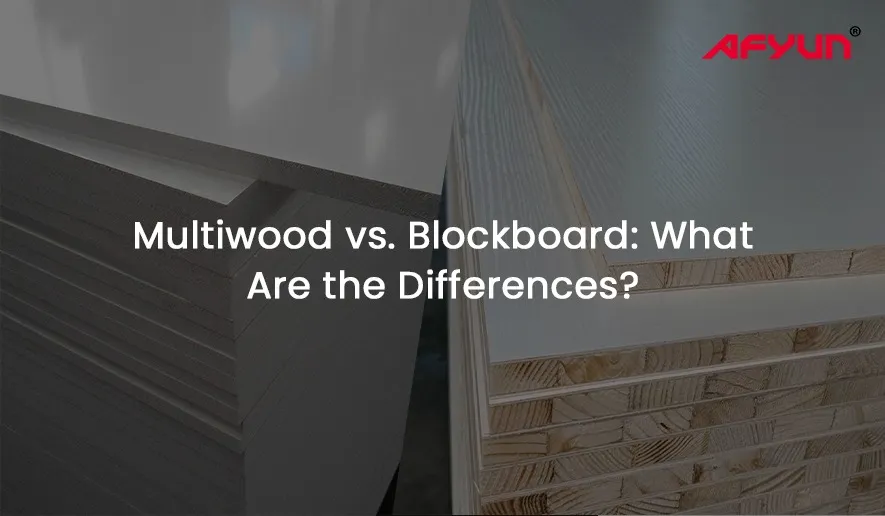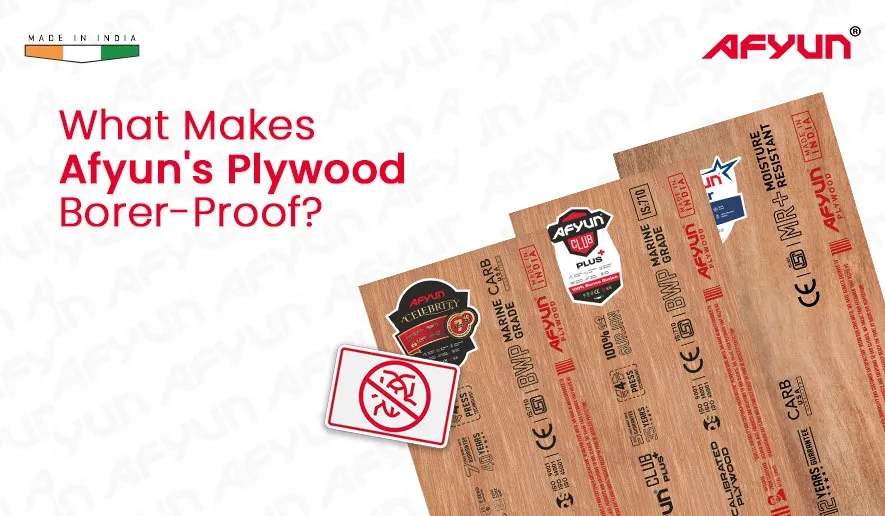Have you ever thought about what happens to all those leftover scraps once the project is complete?
Often, they end up collecting dust in the corner of the garage or worse, tossed in the bin.
But what if I told you that these leftover pieces of plywood hold the potential to be transformed into stunning and functional treasures for your home?
Yep, you heard that right!
Plywood upcycling is a fantastic way to breathe new life into leftover materials while including a touch of personalization and eco-consciousness into your living space.
Why Upcycle Plywood?
There are several reasons why upcycling plywood is a brilliant idea:
Eco-friendly: It reduces waste and gives new purpose to materials that would otherwise end up in landfills.
Cost-effective: You’re using what you already have, so it’s a budget-friendly way to create new décor or furniture.
Unique and Customizable: Upcycled pieces are one-of-a-kind, allowing you to create something that perfectly matches your style and needs.
Fun and Rewarding: The process of transforming scrap into something beautiful can be incredibly satisfying.
Upcycling Inspiration for Every Room
Now that you’re on board with the idea of plywood upcycling, let’s explore some inspiring ideas for incorporating it into your home:
Living Room: Craft a stylish coffee table by stacking and securing plywood pieces of varying sizes. Add hairpin legs for a modern touch, or casters for an industrial vibe.
Kitchen: Create a hanging pot rack using plywood cut into geometric shapes. Paint it for a pop of color or stain it for a rustic look.
Bedroom: Build a headboard with a unique design using plywood scraps. You can paint a mural, add fabric panels, or keep it simple with a geometric pattern.
Bathroom: Give your bathroom a spa-like feel with a DIY plywood towel rack or a set of floating shelves for toiletries.
Home Office: Construct a multifunctional desk with plywood. Add cubbyholes for storage and customize them to fit your specific needs.
Tips for Successfully Upcycling Plywood
Plan your project: Sketch your design or find inspiration online before diving in.
Safety first: Always wear safety glasses and gloves when working with power tools.
Sand smooth: For a polished finish, sand down any rough edges on the plywood before painting or staining.
Get creative with paint and stain: Don’t be afraid to experiment with colors and finishes to create a unique look.
Think outside the box: Plywood can be cut into various shapes and sizes, so don’t limit yourself to traditional furniture designs.
In A Nutshell
With a little planning and creativity, you can transform leftover plywood scraps into beautiful and functional pieces that will add personality and charm to your home.
So, next time you have a leftover piece of plywood, don’t toss it! Build up your upcycling spirit and create something truly special.
Quick Links:
Plywood Price | Plywood Price in India | Calibrated Plywood Price | Gurjan Plywood | Fire Retardant Plywood | Waterproof Plywood | Marine Plywood Price



